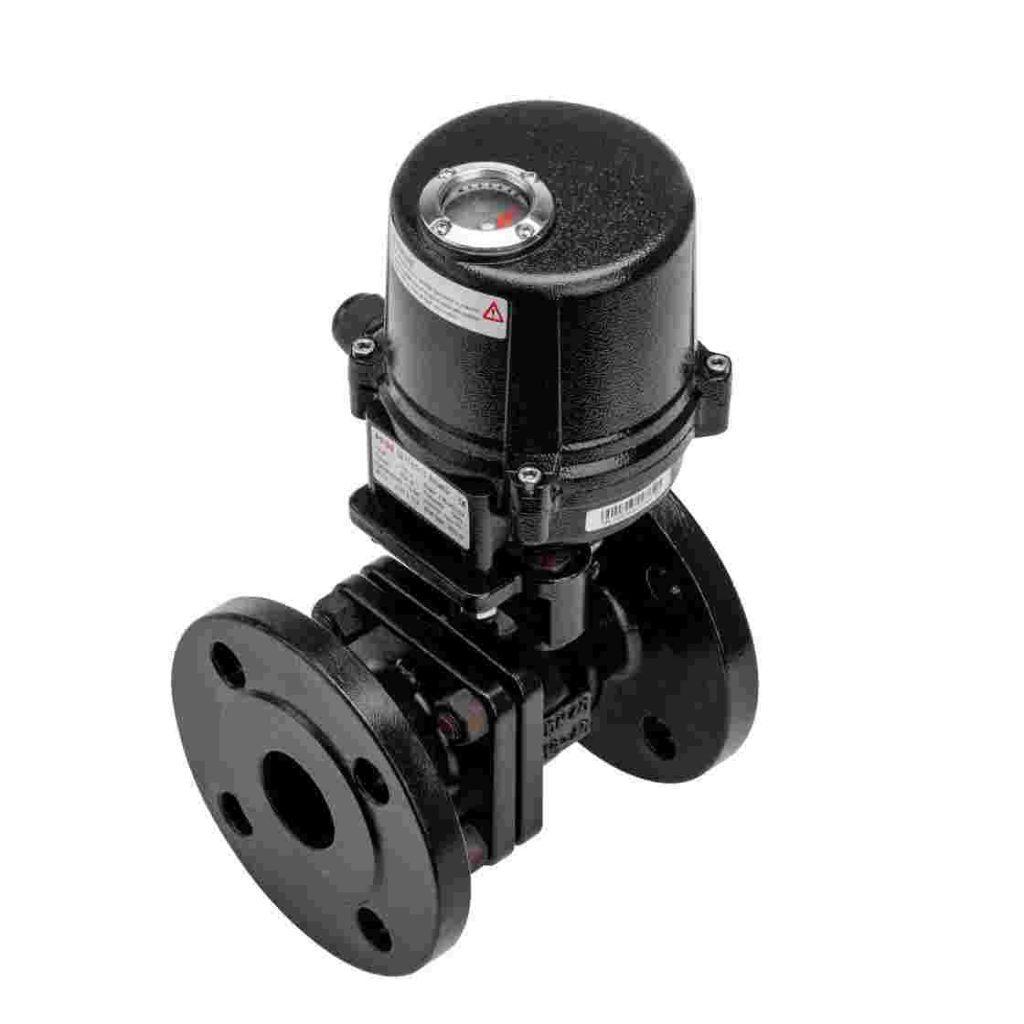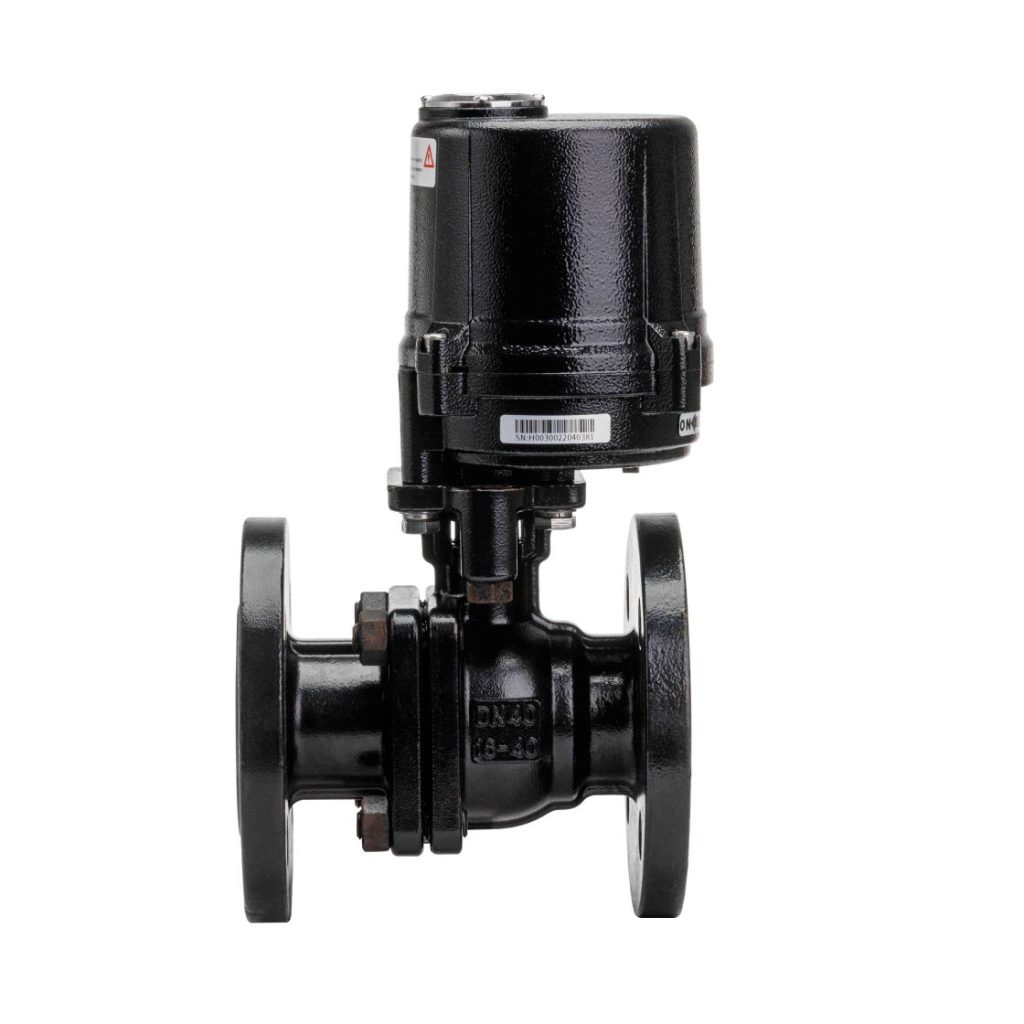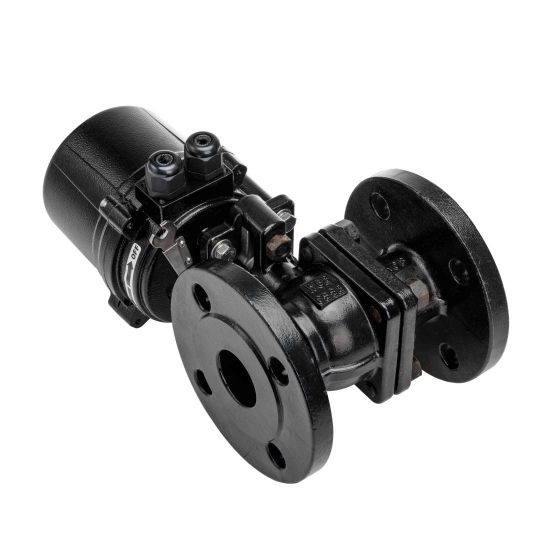In industrial applications where durability and precision are paramount, the stainless steel electric high temperature ball valve stands out as an essential component. This type of valve combines the robust properties of stainless steel with advanced electric actuation to manage high-temperature processes effectively. Here’s an in-depth look at why these valves are crucial in various industries and how they operate.

Key Features and Benefits

Stainless steel electric high temperature ball valves are designed to handle extreme conditions, making them suitable for high-temperature applications up to 600°F (315°C). The stainless steel construction provides superior resistance to corrosion, oxidation, and thermal stress, ensuring longevity and reliability even in harsh environments. The electric actuation mechanism allows for precise control and automation, which is crucial in processes that require accurate regulation of flow and pressure. Operational Mechanism These valves operate through a combination of a ball mechanism and an electric actuator. The ball valve itself consists of a hollow, perforated sphere (the ball) that rotates within the valve body to control fluid flow. When the ball’s port aligns with the pipe, flow is allowed; when it is perpendicular, flow is blocked. The electric actuator, which can be either a motor or a solenoid, is responsible for rotating the ball to the desired position. This actuator is controlled by an electric signal, enabling remote operation and integration with automated systems.
